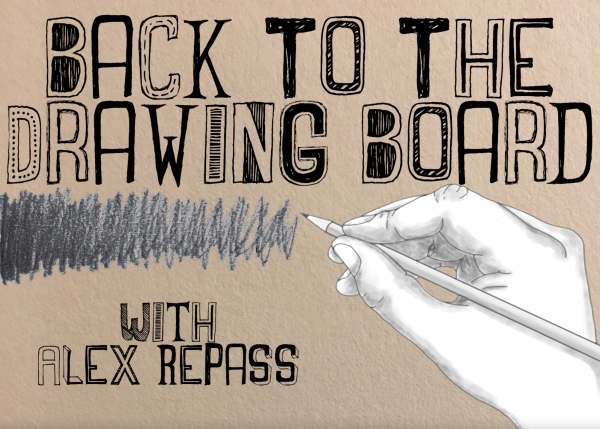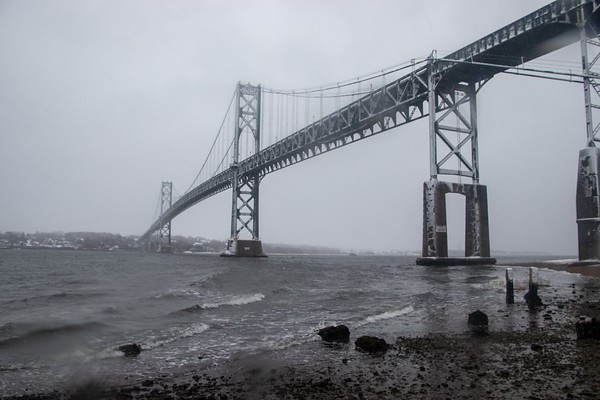Where is the outrage for missing Indigenous women?
Courtesy of Colin Keigher on Wikimedia Commons
The Highway of Tears is a 450-mile stretch on Highway 16 between Prince George and Prince Rupert in British Columbia. This stretch of highway has been the site of vanishings and murders of dozens of Indigenous women.
Violence against women is nothing new, existing as a female presenting person automatically increases the possibility of being in danger. Not every woman is a victim of violence but the percentage of women who are is incredibly high. Women of color are even more likely to experience violence and it often goes unnoticed. There have been many instances where white women have gone missing and their stories are broadcasted throughout the country; women of color often do not get that type of attention.
For example, the case of Gabby Petito,a young white woman who went missing with all evidence pointing toward her fiancé Brian Laundrie.
Her case was talked about on local news thousands of miles away from Wyoming where her body was discovered. There was such wide coverage and such a high volume of people caring about the well being of Petito, that the investigation has led to answers and so many people are on the lookout for Laundrie, even Dog the Bounty Hunter. The way things are going, Gabby Petito will most likely get the justice she deserves.
It is something every family of a missing person dreams of but in so many cases, there is no justice or outrage for missing women. In one area of Canada, there is a route called the Highway of Tears where dozens of women have gone missing. The Highway of Tears is a 450 mile stretch of Highway 16 between Prince George and Prince Rupert in British Columbia.
This stretch of highway has been the location where over 80 Indigenous women have gone missing or killed since 1970. The area is riddled with poverty and has very little transportation leading people to resort to hitchhiking which has become a death sentence for so many women who had no other choice.
The families of these women have been left with years of heartache and mourning for the daughters, mothers and sisters that cannot even be buried. This has consistently been happening for over 50 years and there has been little progress in finding these women and making sure it does not happen to others.
In 2015, Canada’s government launched an inquiry into these cases and promised millions of dollars but the results are less than adequate. If you are like me, you probably have never heard of the Highway of Tears or seen any coverage about the 1200+ indigenous women who have gone missing in Canada. I first heard about this on the podcast “Some Place Under Neith” hosted by Natalie Jean and Amber Nelson and I would highly recommend you listen to this in order to understand the severe problem plaguing Indigenous women.
They do not have the coverage that Gabby Petito was afforded and you do not know their names. They deserve the same outrage as any other missing person. Each woman has a story and they deserve to be cared about by people thousands of miles away. Most cases could be avoided with accessible transportation or money put towards the impoverished communities that line Highway 16.
Take a moment and Google the Highway of Tears and read even just a handful of these women’s names and their stories. Spending just a few minutes can help keep their memories alive and could possibly lead them closer to the justice they deserve.
Emily Dvareckas graduated from RWU in 2022 with a degree in forensic science. She spent three years with The Hawks’ Herald as the photo editor...






